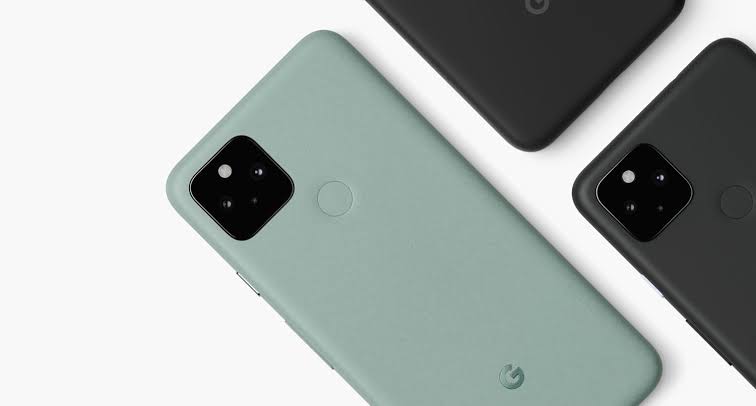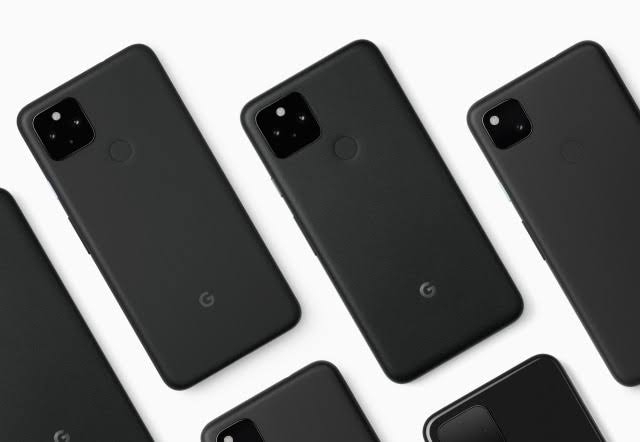Long-standing rumors that the Google Pixel 6 would be powered by the Snapdragon 775 or 780G could be completely inaccurate. Instead, Google will reportedly follow in Apple’s and Samsung’s footsteps and develop its own CPU for its fall 2021 phone lineup.

9to5Googlereports that the Pixel 6 – and presumably the Pixel 6 XL as well – will run off of the GS101 Whitechapel chip. Whitechapel is the codename for Google’s in-house production of its own system-on-a-chip (SoC).
After the Pixel 5 sacrificed performance speed for price with the underpowered Snapdragon 765G, we can only hope that the GS101 Whitechapel CPU will give the Pixel 6 a more flagship-like performance boost.
However, using in-house chips doesn’t guarantee better speeds. Samsung’s Exynos chips are often used for its mid-range phones like the underpowered Galaxy A51, and flagships like the Samsung Galaxy S21 sold outside the US pack Exynos chips – and are a bit slower than their Snapdragon-running counterparts. We don’t have any information as of yet on what kind of benchmarks that Google’s GS101 will hit.
Google Pixel 6 may get an under-display fingerprint scanner, suggests Android 12
Operating system betas can give us an early indication of software changes that are in the works, but the latest Android 12 beta might have just revealed a hardware change too, as it includes evidence that Google might be planning an under-display fingerprint scanner for the Pixel 6.

Developer kdrag0n spotted a mention of ‘UdfpsControllerGoogle’ in code from the second Android 12 developer preview. The ‘Udfps’ in that stands for under-display fingerprint scanner, and this mention was part of the com.google.android. systemui path, which as XDA Developers explains, suggests that the feature is being developed for a Pixel phone, rather than this just being official support for under-display scanners on Android in general.
It’s worth noting that this doesn’t guarantee Google will launch a phone with an under-display fingerprint scanner, but it certainly increases the likelihood, and with support being added in Android 12, we might see it as soon as the Google Pixel 6, given that this phone is sure to launch with that software.
This also isn’t the first hint we’ve seen of an under-display scanner coming to a Pixel phone, as in a previous Android 12 developer preview, evidence was found that the update would allow Pixel phones to use a combination of facial recognition and an in-screen fingerprint scanner to unlock the device.
This is, so far, the highlight of the latest Android 12 developer preview, but it’s not the only thing that’s been dug up, as another notable feature is a change to the dark theme on Pixel handsets.

Currently, Pixel phones have a black background on supported apps when using the dark theme, but with Android 12, 9to5Google has found that this might change to gray, as the image above shows.
It seems an odd move, since one of the reasons for a black background is that it lessens battery use with an OLED screen, and a grey background would probably be less effective at this, but visually it’s a chance that some users will probably like.
Android 12 probably won’t land in finished form until September, so expect to see plenty more changes and updates emerge in betas before then, and if you want to take it for a test drive, we’d expect a public beta will land in May.
We’ve also heard rumors of the Pixel Fold, a foldable phone that Google’s leaked patents indicate could have three folding panels and three screens. Reports indicate it will also arrive in 2021; if 9to5Google’s sources are to be believed, all of Google’s fall 2021 phones will have Whitechapel chips, including the Fold.
What Whitechapel means for the Pixel 6
We can’t fully speculate on how the Pixel 6 will perform, or how similar the GS101 will be to Samsung’s Exynos chips until we get more information. We’re optimistic, though, that in-house manufacturing will let Google power up its new phone while still offering a cheaper flagship than Apple’s and Samsung’s.
Google will be able to optimize Android 12 to work even more smoothly on its own hardware, instead of having to adapt Qualcomm’s to work for any new features. And as co-developer to the tech, Samsung will have inside access when developing its One UI 4.0 Android software and Exynos hardware.
It’s less clear how this will affect other Android phone makers like OnePlus and Nokia, who will presumably continue to use Snapdragon hardware for their new phones.

















